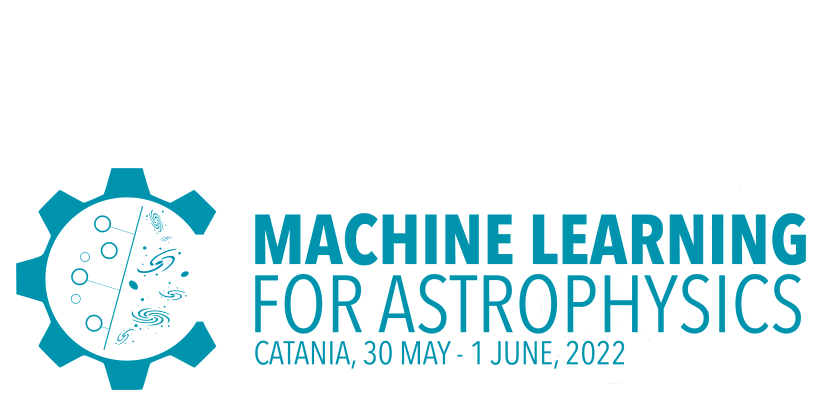Speaker
Description
At present, low-mass, cool M dwarfs are the prime targets of planet searches, since the habitable zone is much closer to the central object in cool stars than in the case of a solar-like star; thus, detecting a possibly habitable Earth-like planet is easier. However, the late spectral type of these stars and the magnetic activity associated with these could pose a threat to habitability. To study this threat, we have to find stellar flares that are an important tracers of magnetic activity but automatically and accurately finding them is still a challenge to researchers in the Big Data era of astronomy. In this presentation, we present an experiment to detect flares in space-borne photometric data using deep neural networks. Using a set of artificial data and real photometric data we trained a set of neural networks, and found that the best performing architectures were the recurrent neural networks (RNNs) using Long Short-Term Memory (LSTM) layers. The aim for the trained network is not just detect flares but also be able to distinguish typical false signals (e.g. maxima of RR Lyr stars) from real flares. The best trained network detected flares over 5σ with ≳80% recall and precision. Testing the network –trained on Kepler space telescope observations– on Transiting Exoplanet Survey Satellite (TESS) light curves showed that the neural net is able to generalize and find flares –with similar effectiveness– in completely new data with different sampling and characteristics from those of the training set.

